Nice example of CA Wine Country home
jakkom
7 years ago
Featured Answer
Comments (29)
patty_cakes42
7 years agoingrid_vc so. CA zone 9
7 years agoRelated Discussions
Genu-wine Texas Hill Country 'Junque' ...
Comments (9)Pam, you are now deemed as the official owner of a piece of .... I mean: a vintage item! LOL I'm planning to make a hanging air arrangment something like what is in the photo on the link directly below using a couple of bird cages, egg baskets, and wire chickens I bought from Rozanne. http://mykotori.com/blog/wp-content/uploads/2010/04/tumblr_kx26r9ihfj1qzcp6io1_500.jpg I bought the skythe from Rozanne also. Some of the old tools have such a graceful shape. My grandmother used to sit on the ground and use grass clippers like the ones in the picture to edge the lawn. I love the shapes of the old spoons, and love to imagine who and how these old things were used ... Also want to do this with an old rake head ... http://www.diyideas.com/images/img_garden-display3_ss_lg.jpg Patty discovered a site that has lots of ideas, Pinterest, from which the two links came. This is not Pinterest's home page, but a page of garden idea clippings or pins, as they call them, from one person. Here is a link that might be useful: How Does Your Garden Grow on Pinterest ......See MoreShow 3 kitchen examples of 1mil homes in your area
Comments (82)Allison, I was responding to the posts that were saying something about finally a picture of a kitchen worth $1M. At that point you really do have to differentiate between good neighborhood urban or lakefront horse property and new suburb new construction no location value. The what do you get for the price is an interesting question across the board, but the "million dollar worthy kitchen" needs context. I suppose it's different here than in other places. The properties have a lot valuation/structure valuation, so it's normal for us to think that way. The structure value isn't cost of build or insurance or anything, just the difference between what the lot would assess for if it were cleared and what someone would pay for the place as is. You can even do that in Igloo's case. Every house has features and detractions, all of which are subjective, but a value can be put on it because someone did buy it. Where there aren't good comps it's harder to value the lot, but because most features of the lot are intrinsic (though things like views and services do change) the lot prices are calculable to a good enough extent. For our purposes, just "lakefront, view, 2 acres, CT" or "new suburb, quarter acre, flat, IN" or "city, near transport and universities, lot under 10K s.f., Boston" is enough, with the frontage, to give context whether you're looking at a vacation/retirement house, a big new family home, or a town home....See MoreAnother example of a small house - living kinda big
Comments (33)Thanks for sharing this house. I liked it all except for the loft bedroom for the parents. To me that is just not doable. I lived in a small apartment when we were first married. I had a number of parties with large groups of people. Yes, it might have been a bit crowded, but it worked! Talking about small, my daughter just bought a co op that is 300 square feet. (Listed as this, but I really think it is smaller.) It is now gutted and we are helping her figure out how to get storage and closet space. When looking at an apartment this small, you think in terms of inches rather than feet. My husband actually found some usable space (a small cubby) that goes from my DD's apartment out to under the hallway stairs. Not sure what we can do with this little space, but we are defintely going to use it....See MoreWine Country Roses.
Comments (10)Thanks for sharing your lovely front deck outlook with us - next best to actually being there with a cup of tea or a contemplative glass of something... Should you want any of your older roses ID'd at any time, we do quite like having a go at this on the Antique Roses forum. I always learn a lot that way. (Post photo of whole shrub plus clear close-ups of buds, flowers front and side view, canes/prickles, and complete leaf sets, along with info on scent, rebloom, and estimated year or decade planted.) Thanks again for sharing your garden pictures. Comtesse :¬)...See MoreFun2BHere
7 years agoAnglophilia
7 years agocawaps
7 years agojakkom
7 years agoMtnRdRedux
7 years agoBunny
7 years agoFun2BHere
7 years agotexanjana
7 years agorubyclaire
7 years agoBunny
7 years agogsciencechick
7 years agolascatx
7 years agolast modified: 7 years agoFun2BHere
7 years agoBunny
7 years agolast modified: 7 years agoGooster
7 years agoingrid_vc so. CA zone 9
7 years agolascatx
7 years agohamamelis
7 years agolast modified: 7 years agoBunny
7 years agowritersblock (9b/10a)
7 years agoFun2BHere
7 years agomaddie260
7 years agosprtphntc7a
7 years agoBunny
7 years agoIdaClaire
7 years agowritersblock (9b/10a)
7 years agolast modified: 7 years ago
Related Stories
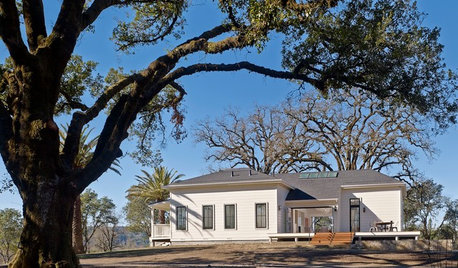
VACATION HOMESHouzz Tour: Reviving a Farmhouse in California’s Wine Country
A rickety 1800s home gets a more contemporary look and layout, becoming an ideal weekend retreat
Full Story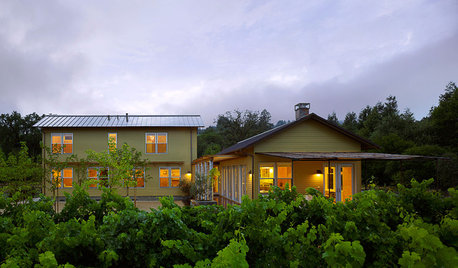
HOUZZ TOURSHouzz Tour: Warm Minimalism in the California Wine Country
Mixing yellow pine and lots of sunshine with a simple design, this vineyard getaway is just right for its site
Full Story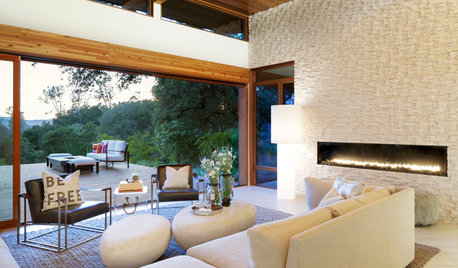
CONTEMPORARY HOMESHouzz Tour: Rustic Modern Luxury in the Sonoma Wine Country
Beautiful textures, materials and artisan pieces highlight this dreamy neutral-hued home
Full Story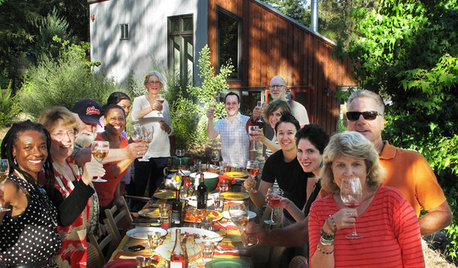
TRAVEL BY DESIGNCome Away to Northern California Wine Country
The rolling hills and valleys of Napa and Sonoma inspire relaxed interiors and spending time outdoors in these 12 homes
Full Story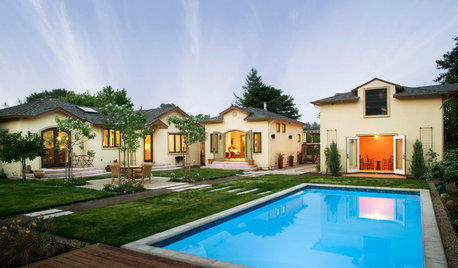
BEFORE AND AFTERSOwners Find Their Bliss in a Wine Country Ranch House
Going from cramped and dark to open and bright, a California home lands 600 extra square feet and a gorgeous new outdoor living room
Full Story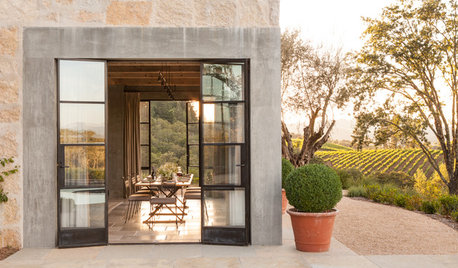
RUSTIC STYLEHouzz Tour: A California Country Home With a French Accent
A new house mixes modern touches with the timeless beauty of stone walls, rustic doors, old olive trees — and vineyards all around
Full Story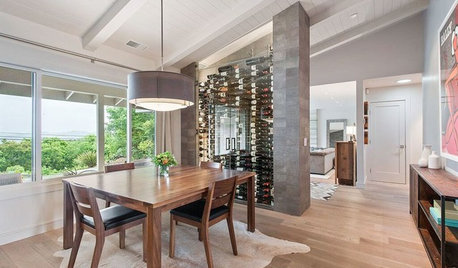
CONTEMPORARY HOMESHouzz Tour: A Creative Couple Let a Wine Country Home Breathe
Dark rooms get opened and updated, while a neutral color palette helps a range of textures stand out
Full Story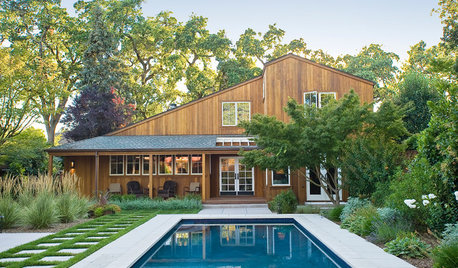
CONTEMPORARY HOMESHouzz Tour: A Wine Country Home, Reinvented Once Again
Ten years after its first renovation, a 4-bedroom Northern California house gets another redo — this time with timelessness in mind
Full Story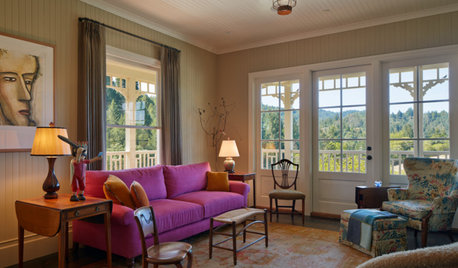
TRADITIONAL ARCHITECTUREHouzz Tour: Southern Charm in the California Wine Country
An old farm cottage gets some Big Easy style with an expansion that preserves memories and adds whimsy
Full Story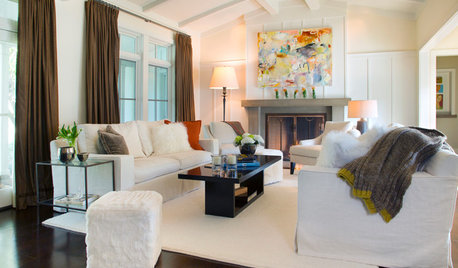
HOUZZ TOURSMy Houzz: Wine Country Boutique Resort Inspires a Remodel
The casual elegance of The Carneros Inn in Sonoma served as an inspiration for this California family’s remodel
Full Story




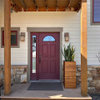
Bunny